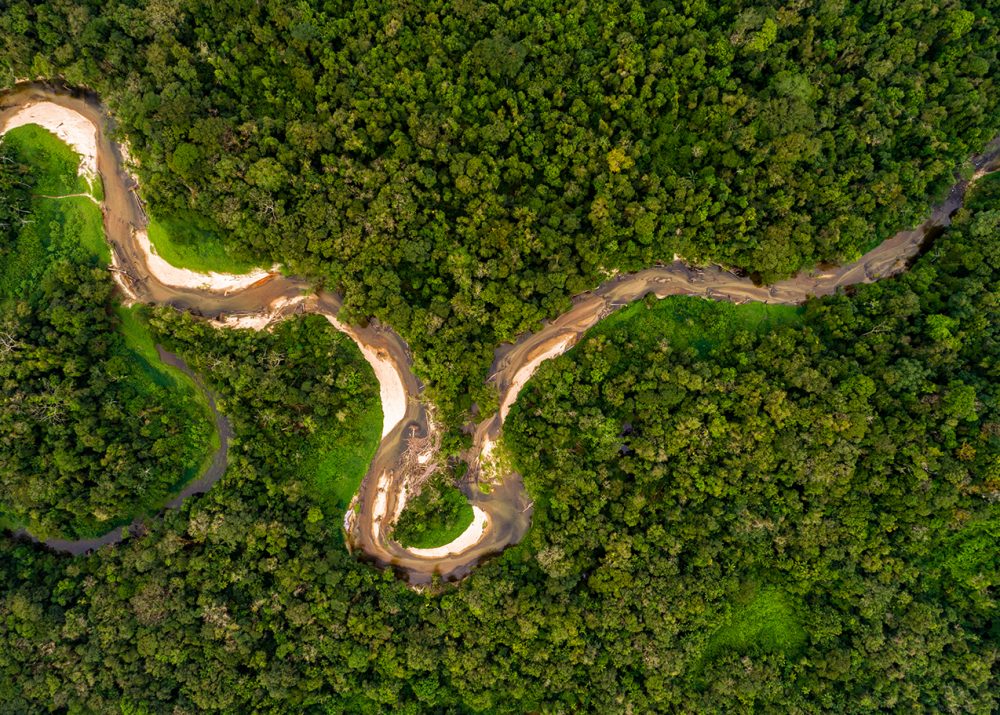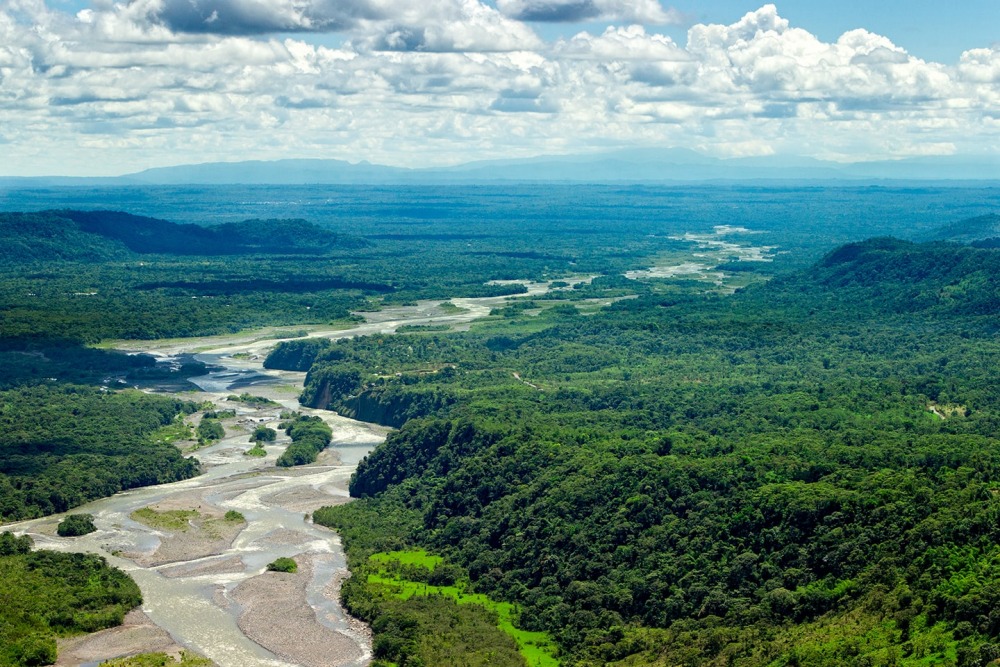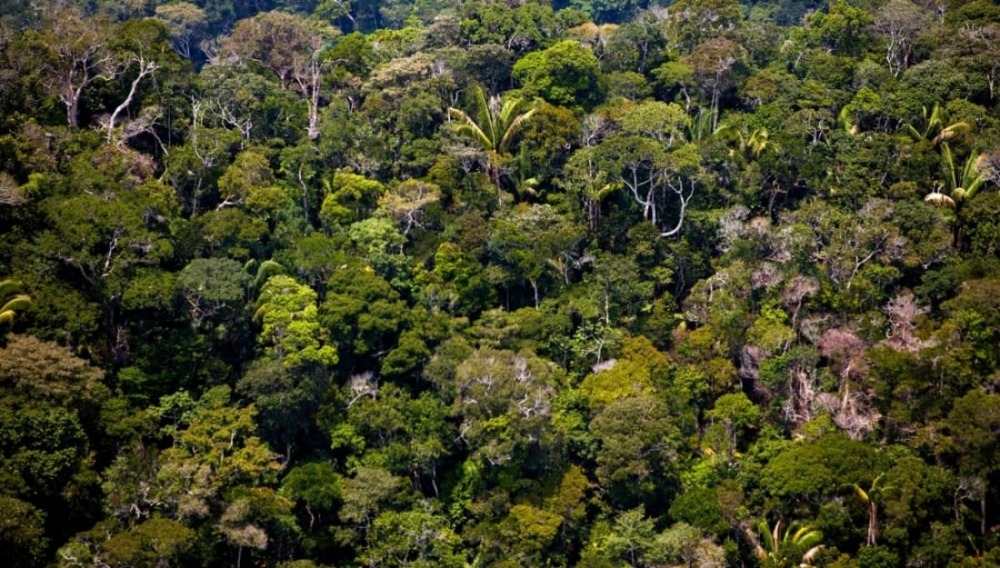Climate Change Series Part 1 – Rainforests Absorb, Store Large Quantities of Carbon Dioxide

It is well known that plants absorb sunlight, carbon dioxide and water to use in photosynthesis, the process in which they grow and then release oxygen as a byproduct. Without this process, human life on Earth would be extremely difficult, since photosynthesis produces and maintains most of the oxygen content in our atmosphere.
In fact, according to American Forests, it only takes two mature trees to produce enough oxygen for one person’s breathing for a year. The Amazon Rainforest, the largest rainforest in the world, produces approximately 20 percent of the world’s oxygen, which is exactly why tropical forests are often referred to as the world’s lungs.

It is also this process that makes rainforests an imperative part of combating climate change. By taking in carbon dioxide and storing it both above and below ground, forests help regulate the levels of greenhouse gases in the atmosphere.
The Yale School of Forestry and Environmental Studies determined that all tropical forests combined contain about 25 percent of the world’s carbon, with the Amazon basin storing up to 140 billion tons (127 billion metric tons).
For reference, if the entire Amazon forest was lost, and that carbon was emitted into the atmosphere, it would be the equivalent of up to 140 years of all human-induced carbon emissions.
Therefore, protecting rainforests and participating in reforestation efforts can be a remarkable component of climate change mitigation. Some estimates have put these efforts at half of the solution, with reducing emissions from burning fossil fuels, agriculture and transportation as the other half. However, there are two significant differences between these efforts: time and cost.
Protecting rainforests and allowing areas already deforested to regrow can be scaled up quickly, having a near immediate impact.
“The protection of millions of acres of degraded rainforest and their subsequent natural regrowth would result in massive absorption of carbon as the trees grow,”
said Rainforest Trust CEO Dr. Paul Salaman. “The reality is that stopping rainforest destruction can immediately and cost-effectively buy us a crucially needed breathing space to allow us time to transition away from the use of fossil fuels.”
As important as forest regrowth can be to carbon sequestration, mature trees still play a vital role in the process. American Forests estimates that one mature tree absorbs approximately 48 pounds (0.022 metric tons) of carbon dioxide each year.
Rainforest protection and reforestation are also much less costly than developing new carbon capture technologies, which can be installed on a power plant or industrial facility to remove some 90 percent of its CO2 emissions. The expense of this technology is why there are only 17 active commercial-scale projects in the world, according to the Global Carbon Capture and Storage Institute’s project list.
“One acre of Amazon rainforest in Peru… can be protected for just a few dollars; the same is true elsewhere in Latin America and Africa,” Salaman added. “For the cost of a meal – or even a coffee – each of us could save an area of forest about the size of four football pitches and safely store about 725 metric tons of CO2.”

Carbon sequestration is only the beginning of the conversation in regard to how tropical forests interact with and help protect our planet. Please look out for additional stories on global carbon emissions, climate change and ecosystem services.

Sign up to receive the latest updates
"*" indicates required fields

